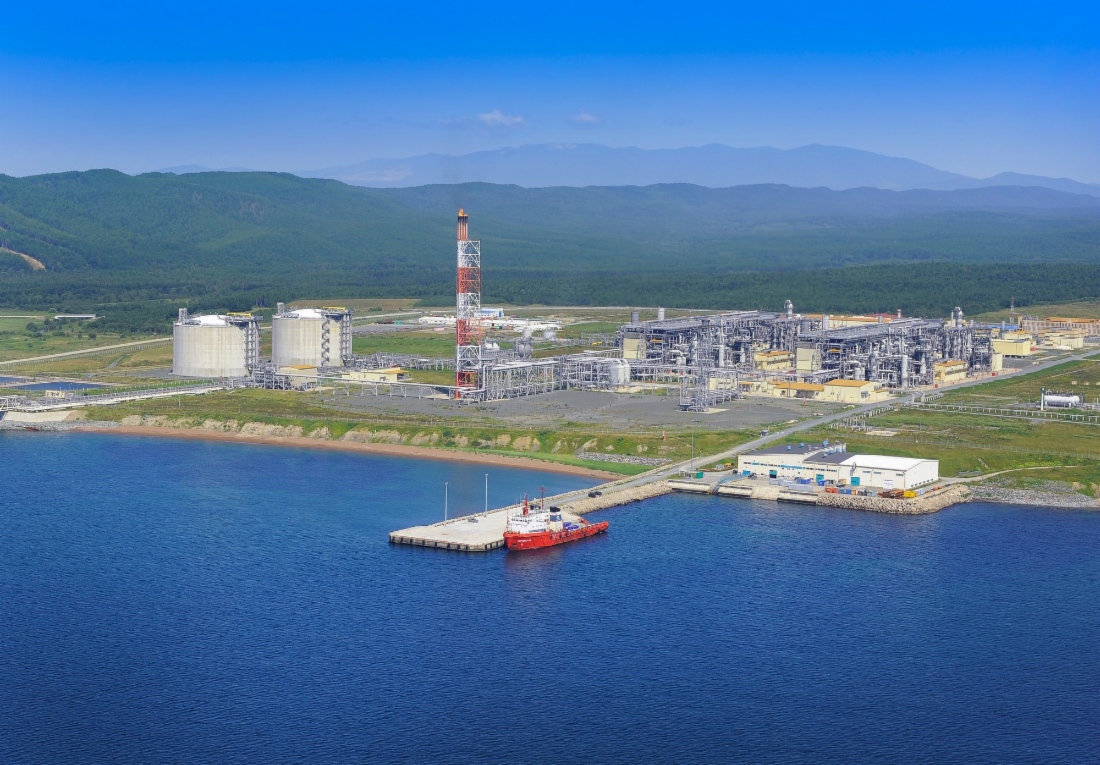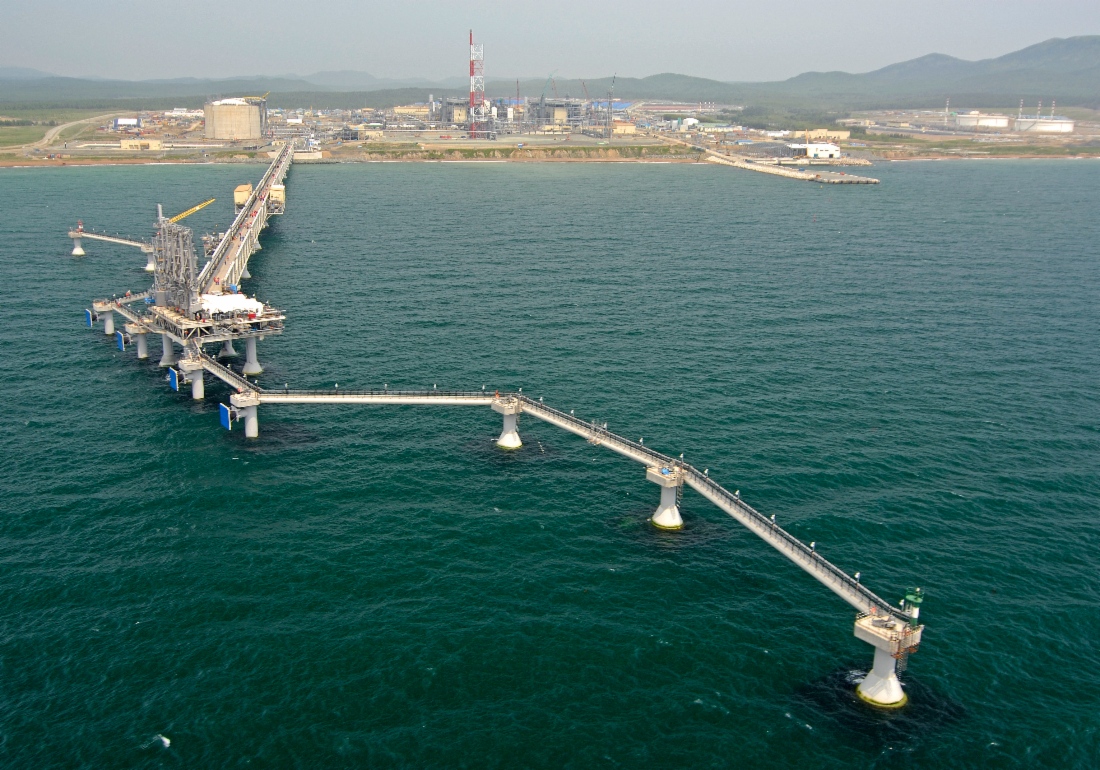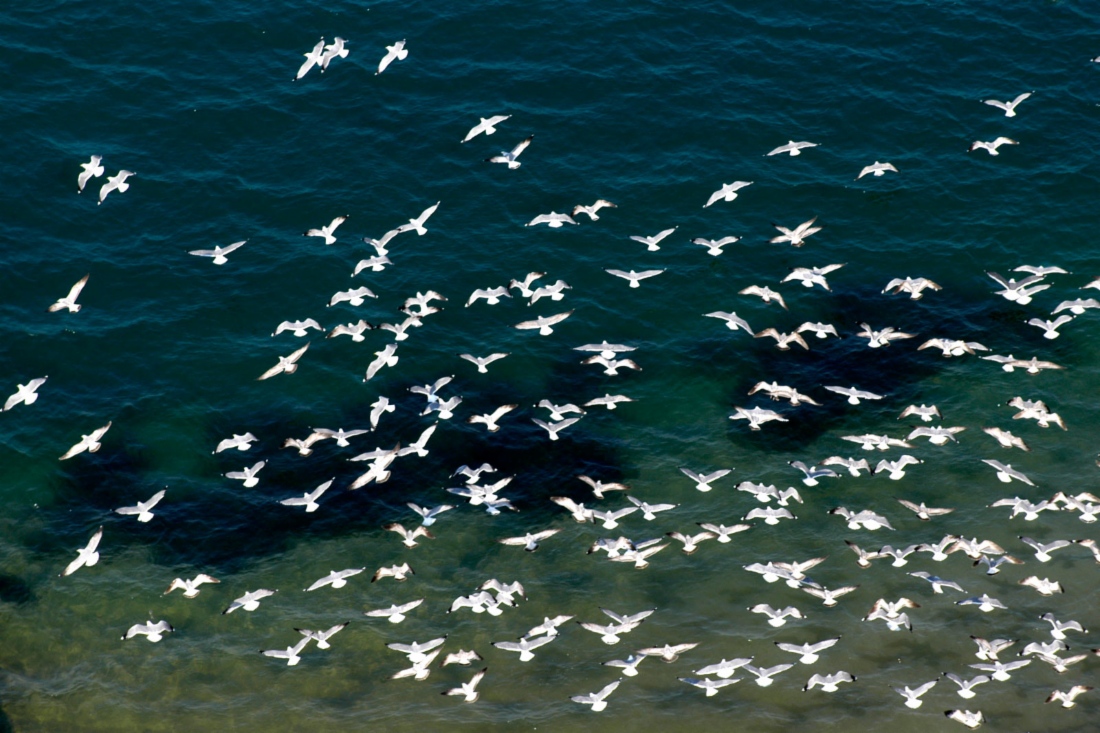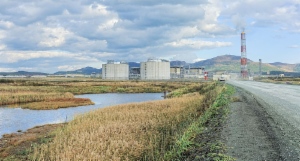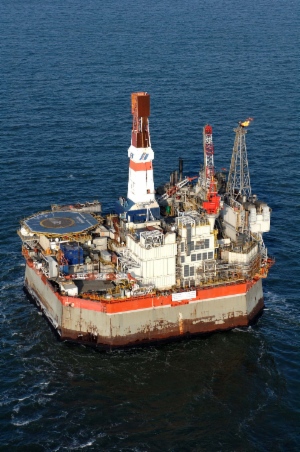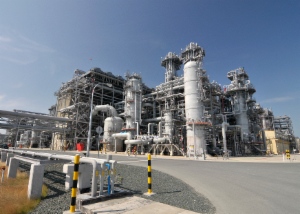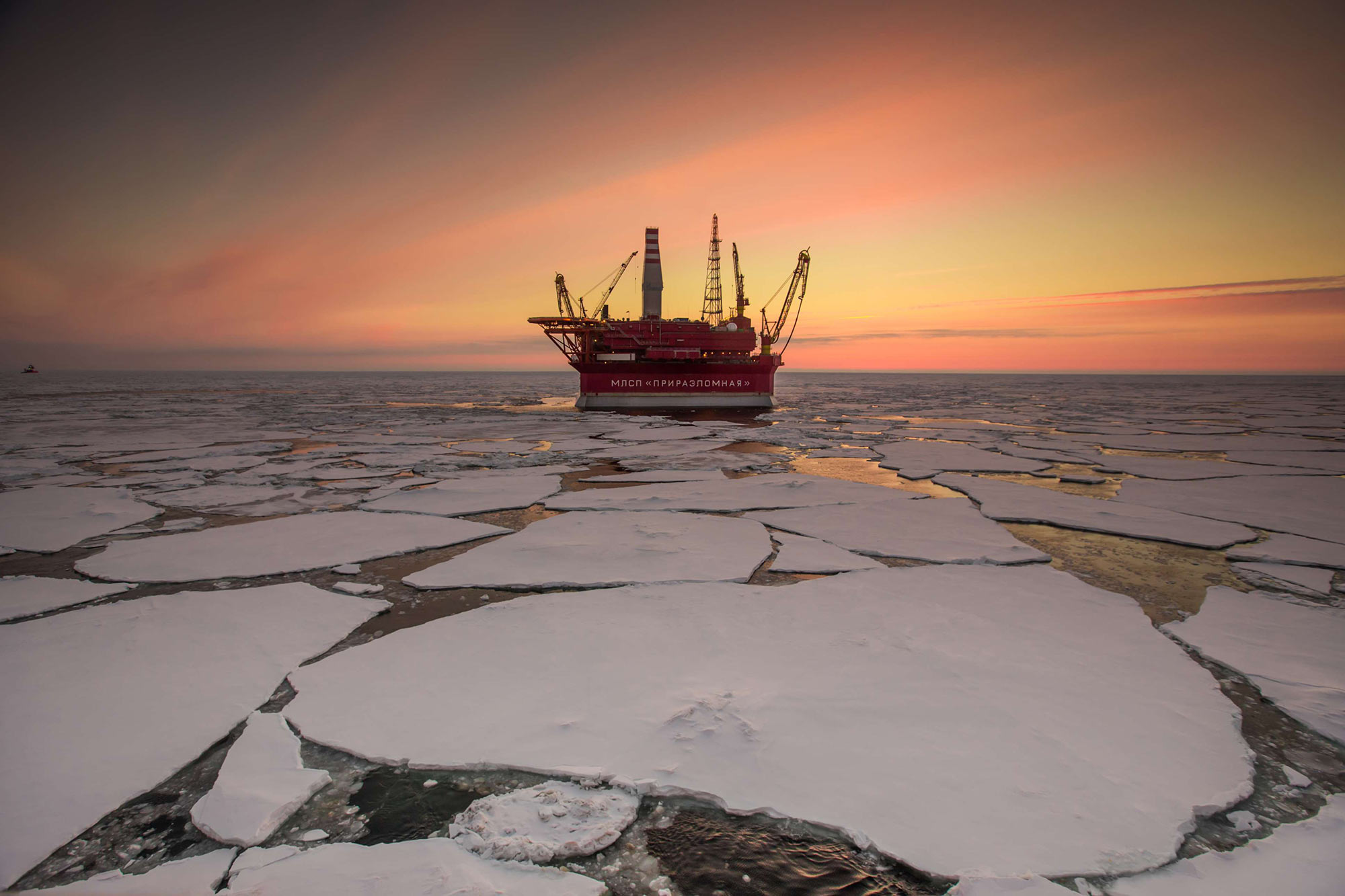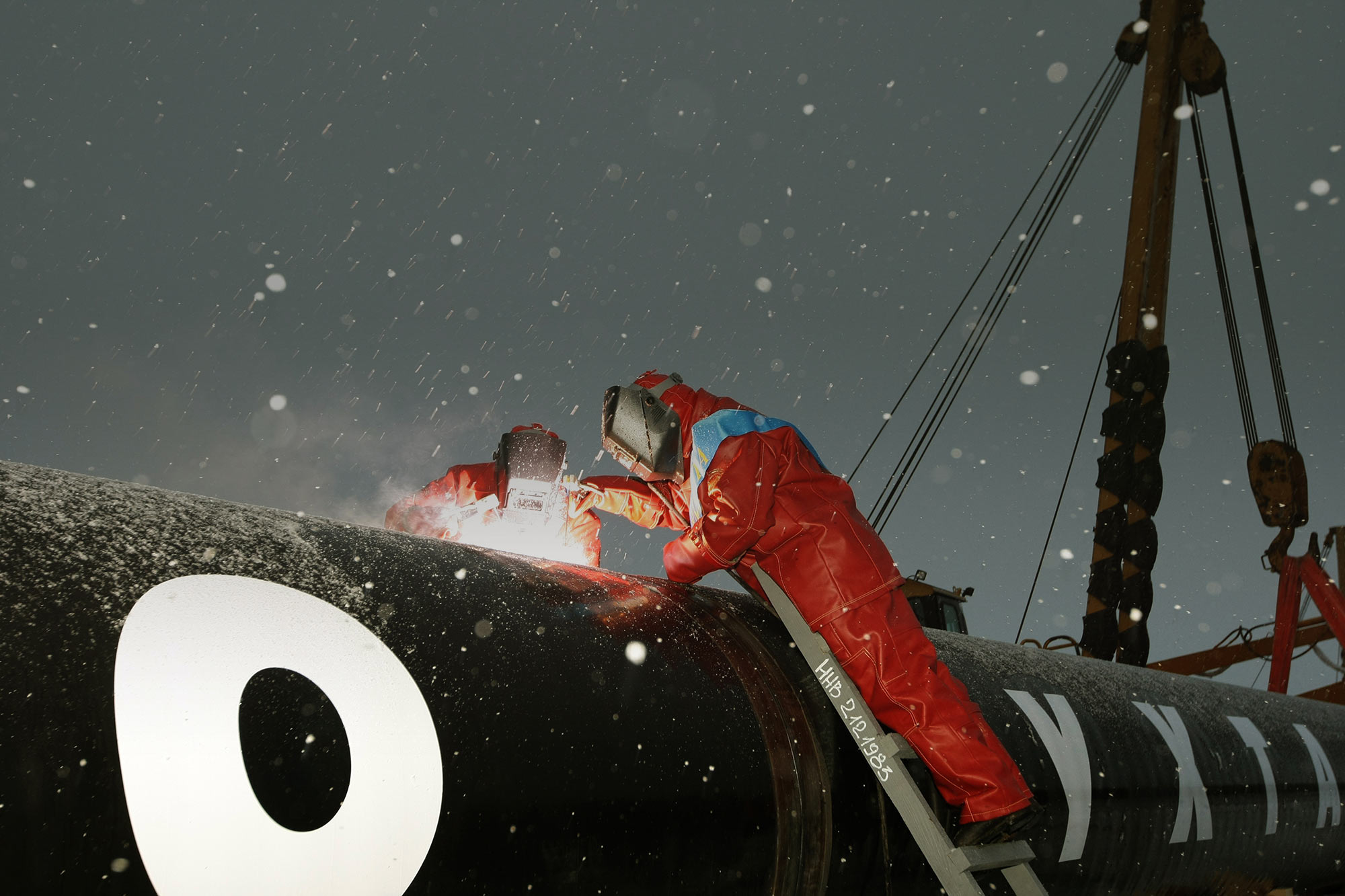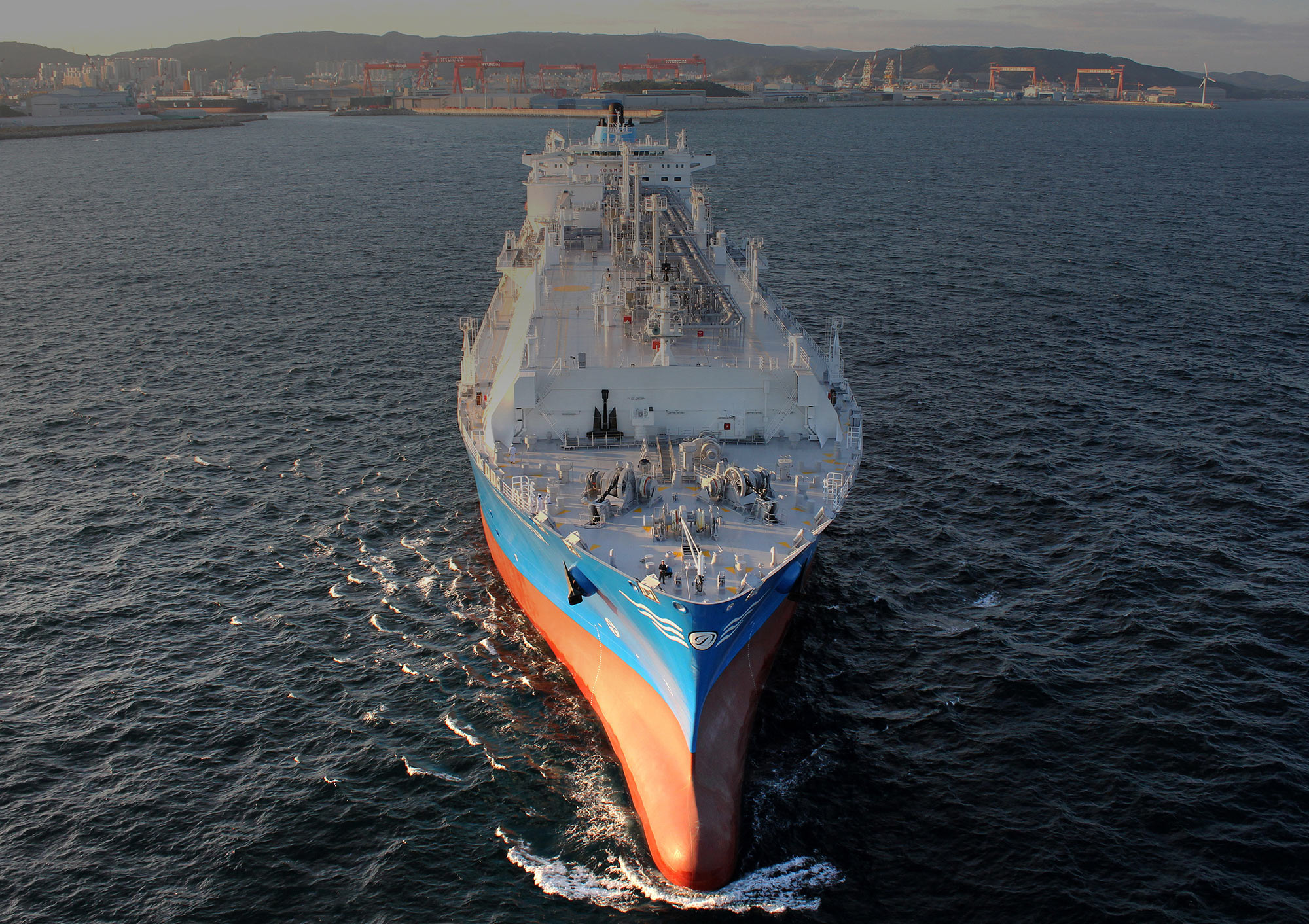Eastern Siberia and the Russian Far East are top priority regions for Gazprom in the long term.
The state policy on the gas industry development in eastern Russia is outlined in the Development Program for an integrated gas production, transportation and supply system in Eastern Siberia and the Far East, taking into account potential gas exports to China and other Asia-Pacific countries (Eastern Gas Program). Gazprom serves as the Program coordinator.
The project includes the ongoing development of the Piltun-Astokhskoye and Lunskoye oil and gas fields in the Sea of Okhotsk.
The Trans-Sakhalin pipeline system conveys extracted oil and gas via an onshore processing facility to the Prigorodnoye production complex that comprises an LNG plant and an oil export terminal.
million tons of LNG per year design capacity of LNG plant
Sakhalin Energy is the Sakhalin II project operator.
Project implementation
April 1994
Sakhalin Energy is set up.
June 22, 1994
Sakhalin Energy, the Government of the Russian Federation, and the Administration of the Sakhalin Region sign the Production Sharing Agreement to develop the Piltun-Astokhskoye and Lunskoye oil and gas fields.
1996
The project’s Phase 1 is launched.
1999
The Piltun-Astokhskoye field begins producing oil.
2003
Phase 2 starts, providing for the comprehensive development of the Piltun-Astokhskoye and Lunskoye fields.
2007
Gazprom joins the Sakhalin II project.
2009
The first Russian LNG plant is commissioned in Sakhalin. The design capacity of its two production trains is 9.6 million tons of LNG per year.
2022
Sakhalin Energy becomes the operator of the Sakhalin II project.
The technologies for offshore hydrocarbon production and gas liquefaction are under optimization as part of the project.
Molikpaq (Piltun-Astokhskaya-A) platform
The Molikpaq (Piltun-Astokhskaya-A) platform is the first offshore oil production platform in Russia. Between 1999 and 2008, the platform was the core facility of the Vityaz production complex that also included the Okha tanker (double-hull floating storage and offloading unit), a single-anchor leg mooring buoy, and a subsea pipeline.
The production complex was used to perform oil drilling, production and offloading, as well as related support and exploration activities. Oil was produced during ice-free periods for about six months per year.
Year-round production at the platform started in December 2008. From the Molikpaq platform, oil travels through the Trans-Sakhalin pipeline system to the oil export terminal of the Prigorodnoye production complex.
Piltun-Astokhskaya-B platform
The Piltun-Astokhskaya-B platform is the largest platform within the Sakhalin II project. Since the end of 2008, the platform has been extracting oil and associated gas from the Piltunskaya feature of the Piltun-Astokhskoye oil field. The Trans-Sakhalin pipeline system delivers hydrocarbons to the LNG plant and oil export terminal of the Prigorodnoye complex. The platform is designed to operate all year round in severe weather conditions and under heavy wave, ice and seismic loads.
Lunskaya-A (LUN-A) platform
The Lunskaya-A (LUN-A) platform is the first offshore gas production platform in Russia. The platform produces the bulk of gas under Sakhalin II. Such operations as oil, condensate and gas separation, including gas treatment for transportation to the LNG plant, are performed at the onshore processing facility. The platform is designed to operate all year round in severe weather conditions and under heavy wave, ice and seismic loads.
LNG plant
The LNG plant comprises two production trains and general service facilities. The production trains are used for gas treatment and liquefaction. The plant uses double mixed refrigerant technology to produce LNG.
That technology was developed specifically for the Sakhalin LNG plant to ensure its maximum efficiency during cold Sakhalin winters. The design capacity of the plant is 9.6 million tons of LNG per year.
Environment and responsibility
The project is being implemented in an area of high seismicity. Special engineering solutions were put in place to ensure structural safety.
For instance, the offshore platforms are designed to resist loads caused by earthquakes, which are likely to occur once in 200 years, with no equipment damage or failure.
Similar structural strength reserve was provided at the LNG plant, the onshore processing facility, and pipeline systems.
The pioneering use of a cradle mechanism (sliding pendulum bearings) between the topsides and the reinforced concrete bases ensures safe operation of offshore platforms. Thanks to the installed slide-type legs, the offshore platforms can withstand seismic loads. During off-peak periods, those special legs help reduce ice and wave loads on the platforms and equipment thereof.
If an earthquake hits, the legs will allow the topsides to sway on special hinges, thereby preventing the destruction of the whole structure. This is the first time that technologies of this kind have been used in the global oil and gas industry.

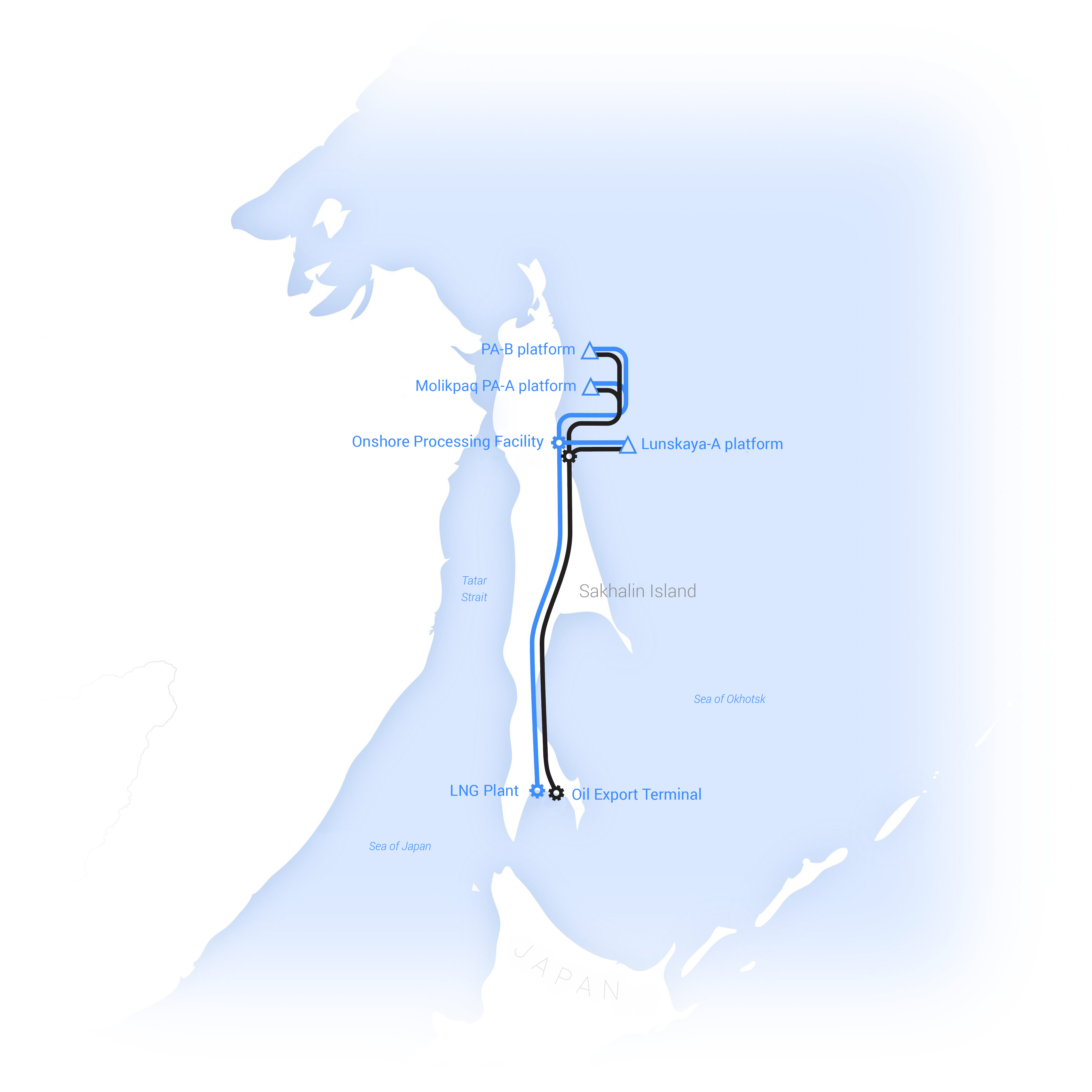

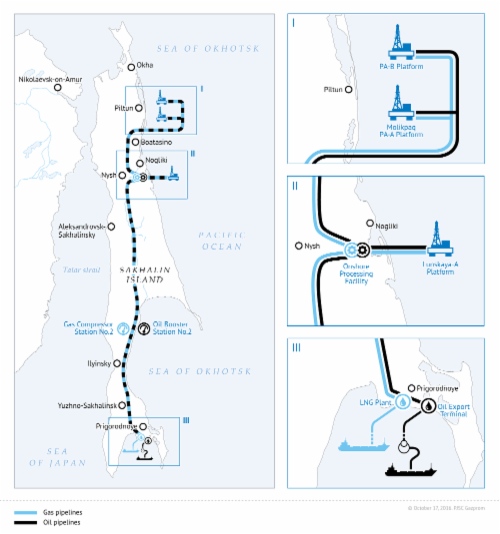

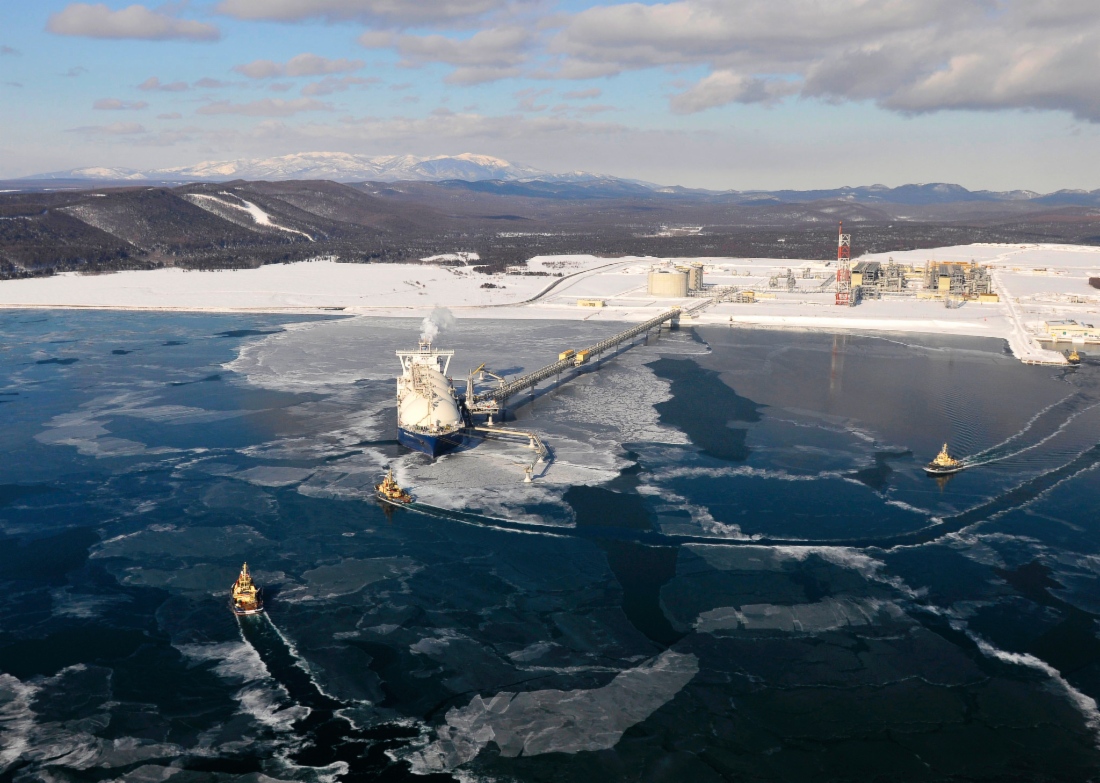
-2.jpg)
-2.jpg)

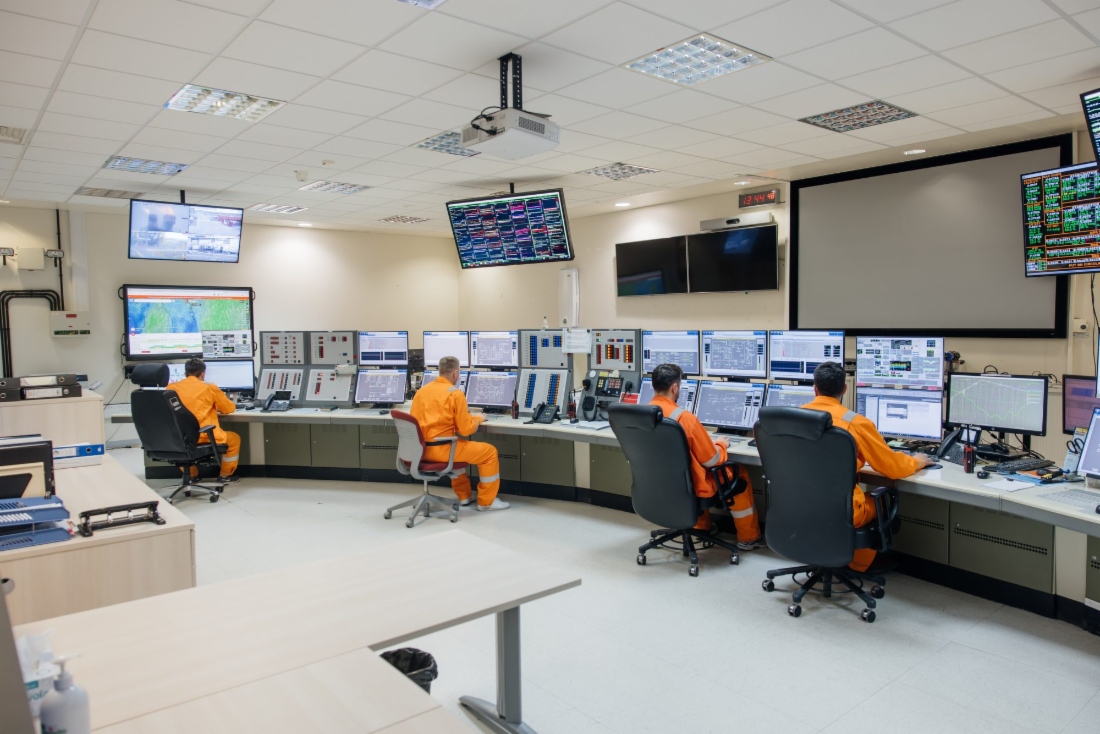
.jpg)
.jpg)
.jpg)
.jpg)


.jpg)
.jpg)
.jpg)
.jpg)

